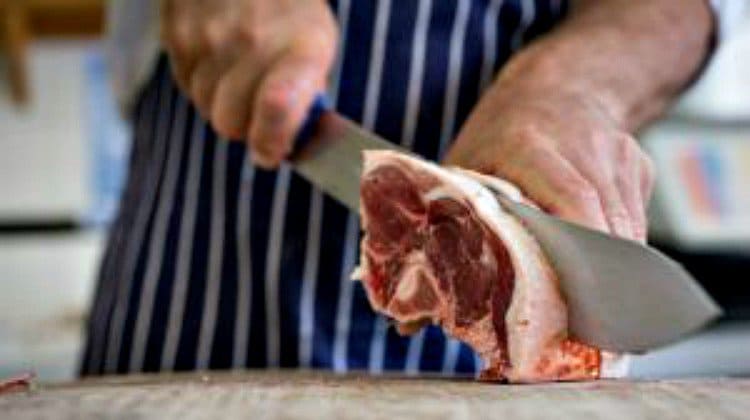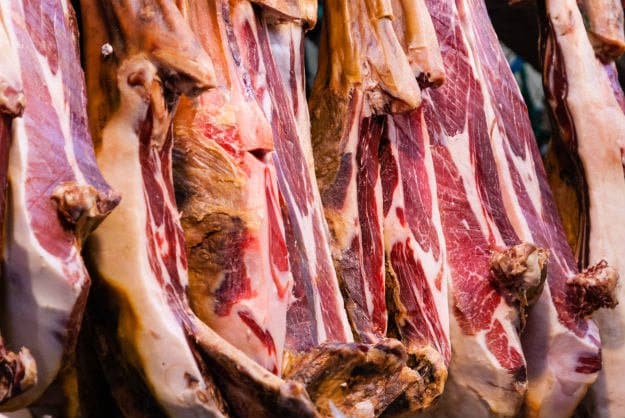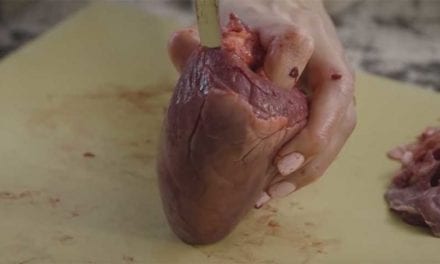
Butchering your own kill is the only way to make sure that you get the most “bang for your buck.” But how do you make sure that you’re doing it right?
I have been butchering my own kills since I was a teenager. When I worked at a bar and grill at the age of 15, I was expected to butcher a whole side of beef for all the meat we could render. Now that I am an avid hunter, I always look to get the most out of every kill. I butcher so much meat that my four year old son watches me and runs around saying “we have the meats”. It is a point of pride that we butcher our own meat.
That being said, there are some simple tricks that can help anybody make the most of their kill. In my family, we have a philosophy of respect when we kill an animal. We feel that we must honor the animal by benefiting from every part of that animal. It is the same philosophy that our Cherokee ancestors had. Therefore, it is very important that we know what we are doing during the butchering process.
Efficient Butchering Tips

Anatomy
Part of being efficient in butchering is knowing the anatomy of mammals. You need to understand that muscles come in groups. You need to know the internal organs that are common in any mammal. This knowledge will give you a feel for how you need to handle any mammal.
The first step in butchering any mammal is to gut the carcass. This means you will open up the belly and pull out the internal organs. It is important that you do this carefully, because a spilled intestine or stomach can ruin your meat. A knife with a gut hook is a good idea for this process. Most people start between the legs and open up the belly up past the sternum. This opens up all kinds of opportunities for more meat.
From the internal organs, you can eat the liver, kidneys, and heart. The liver and kidneys are a bit of an acquired taste, but the heart is pure delicacy. My son and wife wait every year for me to bring home deer heart from my hunting ventures. You can also cut below the jaw to remove the tongue for a tasty meal.
Quartering
Once an animal has been gutted and skinned, it brings around the task of quartering the animal. This is a big area where hunters waste meat. The most important point of focus for quartering an animal is to cut close to the bone. This requires a flexible knife that can work around the joints and tissues of the animal. It is also important that you bring home parts like the ribs that can be used for several dishes. Every piece of meat must be used. We even use the hides when possible.
Butchering
As you cut meat away from the bone, you have to be practical. When dealing with ribs, it is often smarter to cut the meat away from the bone versus freezing the ribs with the bones. When cutting up the shoulders, it is smart to use a saw to cut through bone versus cutting the meat away from the bone. Your goal is to trim every ounce of meat away from bone that you can, but bone-in roasts are fine too.
Conclusion
In the end, your priority must be to use every piece of the animal. Using these tips (and with a little practice), you should be able to make the most of your kill. Hopefully we have encouraged you to be efficient in your butchering so this tradition can continue.
Up Next: Beginner’s Guide To Having an Outdoor Herb Garden | Survival Gardening
If you’re looking for useful survival gear that you can’t make at home, check out the Survival Life Store!
















